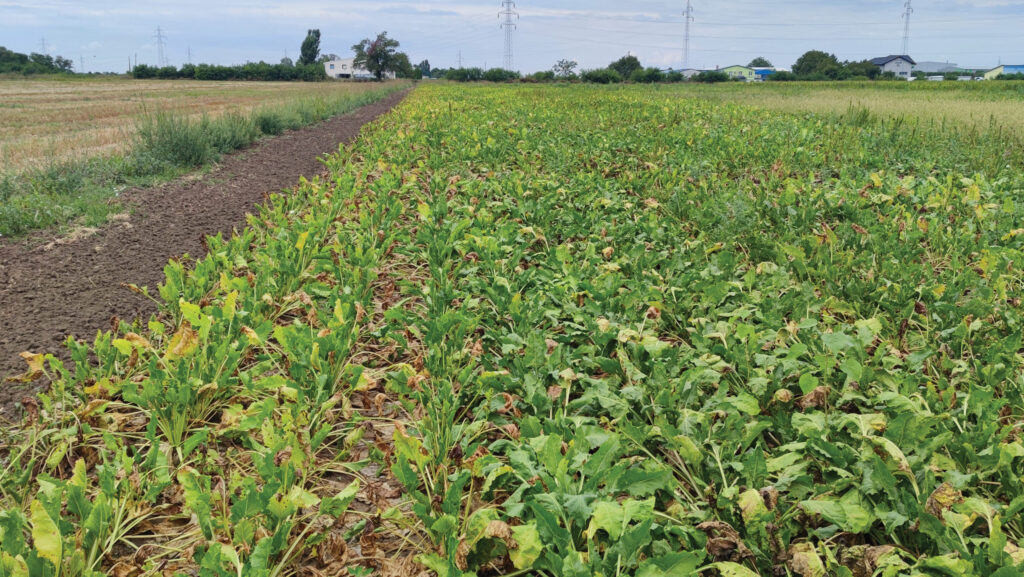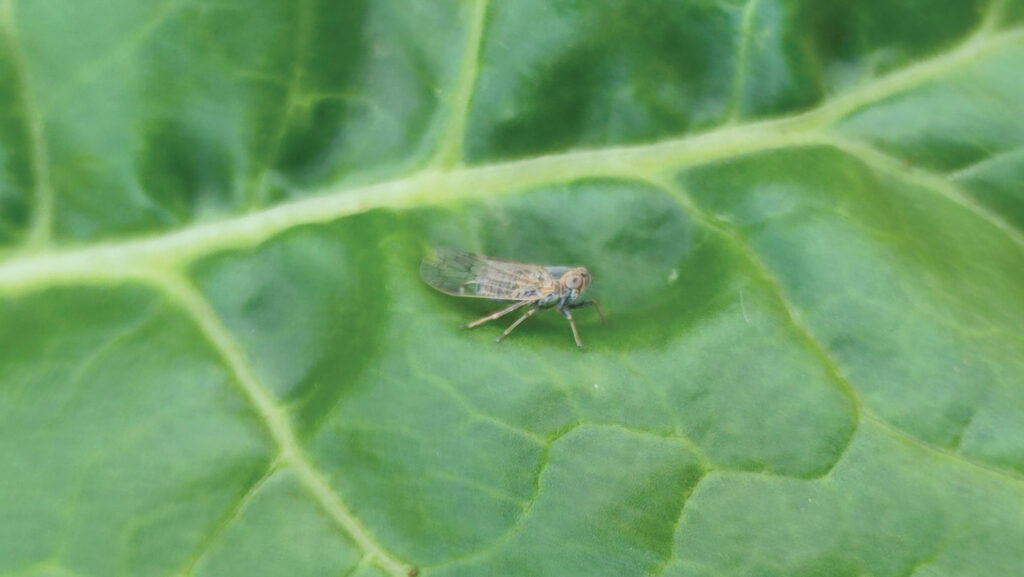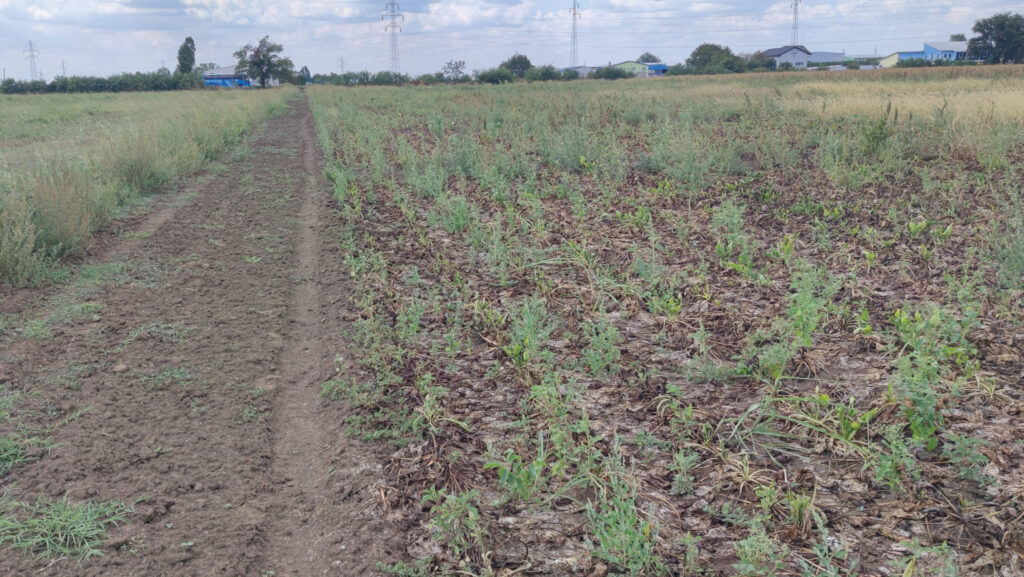Sugar beet rubbery taproot disease: What farmers need to know
 © Alamy Stock Photo/dpa picture alliance
© Alamy Stock Photo/dpa picture alliance A disease that prevents sugar beet from being processed caused €43m worth of losses in Serbia last season.
More worryingly for British sugar beet growers, it is spreading west into parts of Germany and France, and is top of the list of potential new threats for BBRO and British Sugar.
See also: How climate change may increase pest and disease threats
The disease, rubbery taproot disease (RTD), was first observed in the 1960s across the Pannonian Plain region, which covers Hungary and parts of Serbia, Slovakia and Romania.
As the name suggests, the diseases causes sugar beet tap roots to lose turgor and go rubbery, rendering them impossible to slice and process in the factory.
Up until recently, the disease was seen sporadically, although there were occasional epidemics, says Bojan Duduk from the Serbian Institute of Pesticides and Environmental Protection.
But that changed in 2018 when Serbia and neighbouring countries had a huge problem with RTD.
Symptoms
Symptoms usually begin around the end of June or the beginning of July. After wilting during the hottest part of the day, diseased plants do not recover during the night.
There’s also a yellowing of leaves, followed by necrosis, usually of the older leaves between the veins before they die completely.
Roots do not show any signs of becoming rubbery until the plant leaves are dying, Bojan says.
“Besides the direct effect the disease has on yield and sugar, there’s also an indirect impact. If the percentage of rubbery and rotted tap roots is high – more than 4% – it hinders the processing of sugar beet in the factories.
“In this case, they must be manually discarded and separated from healthy beet to be accepted by the factory.”
Recent research has uncovered the disease is caused by a bacteria, Candidatus Phytoplasma solani.
Phytoplasma bacteria are parasites of plant phloem tissues, transmitted by insect vectors, and are well known to cause diseases in plants, including potatoes and tomatoes.
A strain of this particular phytoplasma, sometimes known as Stolbur phytoplasma, causes purple-top wilt in potatoes in south and central Europe, but molecular characterisation found the one in sugar beet in Serbia differed from strains in other crops.
“We describe it as a TUF-D type. Our analysis shows this strain is closely associated with epidemic outbreaks in Serbia and neighbouring countries,” says Bojan.

© Zivko Curcic
Insect carrier
Once the causal agent was discovered, the next task was to find which insect was transmitting the phytoplasma.
“We knew Stolbur phytoplasma was transmitted by leafhoppers, so we surveyed the beet fields affected by RTD.”
Four potential candidate leafhopper species were found, which the team narrowed down to two: Hyalesthes obsoletus and Reptalus quinquecostatus.
Transmission studies discovered that while H. obsoletus could transmit the phytoplasma effectively into sugar beet, it was mostly not transmitting the TUF-D strain, while R. quinquecostatus transmitted the strain almost exclusively.
But that’s far from the end of the story. In Serbia, while initial infections of RTD don’t show any root rots, they are very prone to rotting, Bojan says.
“Results of studies in Serbia reported a fungus, Macrophomina phaseolina, as the most important cause of sugar beet root rot, but elsewhere in the world it is a minor secondary pathogen.”
Further experiments showed that all phytoplasma-infected sugar beet with root rot were also infected with Macrophomina phaseolina, suggesting it was an important secondary pathogen.
“It makes a difference between reduction of yield caused by RTD and completely lost yield as the beet is ploughed in and abandoned when the root rot is affecting the crop,” Bojan says.

© Zivko Curcic
Germany
RTD is also being found in Germany, but again the picture is complicated.
Initially it was thought RTD might be a secondary infection following infection by another emerging threat, syndrome basses richesses (SBR).
SBR causes yellowing and chlorosis of older leaves, with new leaves shaped asymmetrically or like lance heads.
When roots are cut, it’s also possible to see necrotic rings affecting the vascular bundles, but they are not prone to rotting and can still be processed, albeit with sugar levels reduced by up to 5% as well as 25% lower root yields.
Like RTD, SBR is induced by plant pathogenic bacteria, primarily Candidatus Arsenophonus phytopathogenicus, transmitted by another planthopper Pentastiridius leporinus.
When Bojan’s team assessed sugar beet across Saxony-Anhalt in eastern Germany, they found symptoms which could be associated with SBR like asymmetric leaves, and others typical of RTD, like the decline of plants that hadn’t rotted.
Analysis of those beet plants found the bacteria associated with RTD, Candidatus Phytoplasma solani, dominated compared with the one associated with SBR.
Further results suggested it wasn’t exactly the same, however, as the one found in Serbia, with Bojan team categorising it in a subgroup P.
“That means it almost certainly has different epidemiology than the one in Serbia,” Bojan says.
For example, if the vector in Germany and other parts of western Europe is confirmed as the Pentastiridius leporinus leafhopper, which is associated strongly with a sugar beet/wheat rotation, it might be possible to minimise problems by changing crop rotations, he suggests.
However the leafhopper in Serbia, Reptalus quinquecostatus, has many hosts, and its life cycle doesn’t require it to feed on sugar beet, which potentially makes it more difficult to control.
Direct control of the bacteria is virtually impossible due to it being protected inside the plant phloem.
Insecticidal treatment used to reduce leafhopper immigration into fields is also difficult due to a long-spreading period for the insect and the short-term longevity of insecticidal sprays.
Leafhoppers also spend a large part of their life cycle in the ground, making insecticide use difficult.
Breeding
That leaves breeding tolerant and resistant varieties as the most likely route for control success.
The coinfection of both SBR and RTD in parts of Germany in 2023 has helped breeders to start screening both early- and later-stage breeding germplasm to find potential tolerance to both diseases, says Pierre Longerstay, breeding project manager for SESVanderhave.
“We see good potential for selecting new parental lines with improved sugar yield or sugar content compared with our control varieties,” he says.
“Similarly, in our more advanced material, we have identified some hybrids with better performance that what we have commercially available.”

© Zivko Curcic
UK perspective on rubbery taproot disease
Increased monitoring for the leafhopper vectors of rubbery taproot disease (RTD) and syndrome basses richesses (SBR) will likely be needed in the UK if the disease complex continues to spread across Europe, the British Beet Research Organisation’s Prof Mark Stevens says.
“It’s on our radar, although I don’t think it is an imminent threat. But the spread across Europe in recent years is clearly causing concern across the sugar beet industry in Europe,” he says.
“The most important thing from a UK perspective is to keep an eye on the vectors.”
Incidence of all three leafhoppers implicated in transmitting either RTD or SBR in Europe currently appears to be very low or non-existent in the UK, but with climate change suspected to be one of the key factors for the spread of the disease further north in Europe, that could change, Mark says.
Given its complexity, it also doesn’t necessarily rule out other leafhopper species that are more widespread in the UK from being able to transmit the causal bacteria.
“We have a mature network of insect monitoring already in the UK, including the yellow water pans, so we can potentially use these to monitor leafhoppers.”
With other countries in Europe being first hit by the RTD/SBR complex of diseases, Mark also points out that these approaches should help with developing strategies against it, if it should arrive on these shores.

